Next week will be my 24th year in the Midwest. This is the year where I will have lived one extra year here than in Puerto Rico, where I was born and raised. Growing up in Puerto Rico we have one long summer season all year round. There are some slight changes, but really as a kid, teenager or young adult, I never felt any change in seasons.
Since moving to Chicago, and now rural Wisconsin, the seasons have fascinated me. They bring change and their own special energy, but I admit for many years I felt like my friend. Fall just reminded me of winter. And winter was just awful. That’s it. Both seasons would bring me down for what they were- cold, dark, snowy, brown. Such a dread!
Since living at the farm and being so in tune with nature, I have learned to appreciate the seasons. All of them. Maybe it’s also age. The older I get the more I embrace the quietude and slower pace of Fall and Winter.
Each season brings beauty, a different kind of energy, different foods, activities, even clothing! I know change can be hard for us humans, but it’s also refreshing and exciting. We should adapt with the changes, embrace them.
For many years, thinking of the season ahead, I was never really able to enjoy the beauty that is Fall. The changing leaves, the darker, longer, cooler nights perfect for better sleep and rest from the full active summer. The deeper blue skies that bring about the most beautiful sunrises and sunsets. The farmer’s harvesting. The sweet apples, pears, squashes, pumpkins. The warming spiced apple cider.
Through the years I’ve also had great winters and awful summers. The weather is just the weather. There are so many factors that come into play in your life and yet, we focus on what’s outside of us so much. The seasons have taught me to look inside. Find that peace and joy within me, not outside of me.
The seasons also remind us that everything changes. Learn to be OK with where you are for what it is. Even the darker colder times will change. It too shall pass. You won’t be here forever.
Do you feel a dread of the cold and dark these days? Is it bringing you down? How can you shift that mindset and appreciate what’s really happening and the beauty, peaceful and joyful moments of your day despite the cold and the darkness? Can you just bundle up and enjoy some time outside? Can you sleep in longer because its darker in the morning?
I encourage you to look around this beautiful Fall day and give thanks for it. Enjoy the season, and don’t worry about what’s coming.
Who knows? this winter might be your best season yet!

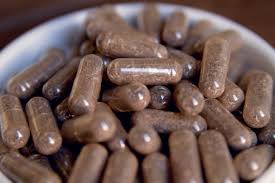
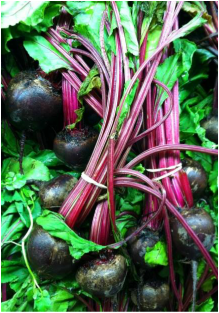
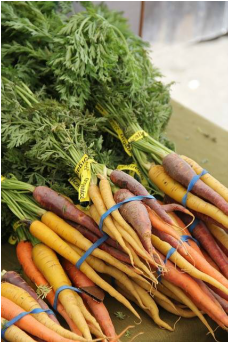

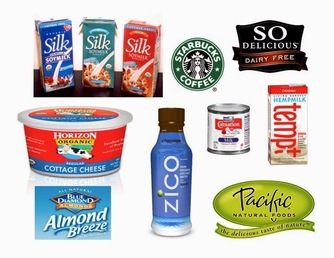
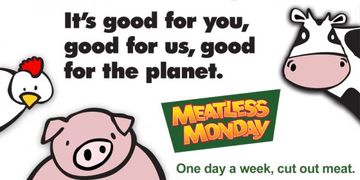
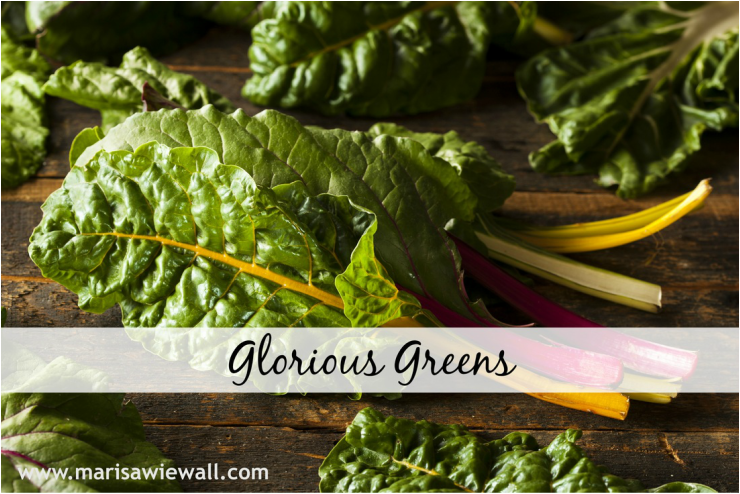

 RSS Feed
RSS Feed